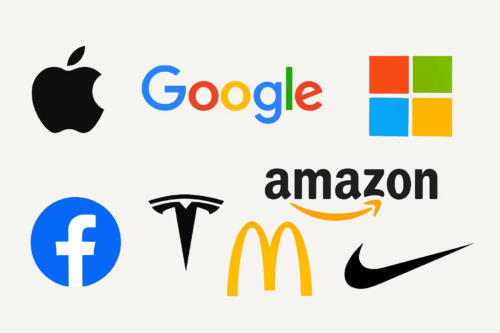
Mastering Landing Page Optimization: Strategies to Boost Conversions and Drive Engagement
Posted on May 2, 2025

Unlocking Insights: How User Behavior Analytics is Transforming Digital Experiences
Posted on April 25, 2025

10 Proven Lead Generation Strategies to Drive Business Growth in 2024
Posted on April 18, 2025

Maximizing Your ROI: Proven Strategies for Effective Conversion Rate Optimization
Posted on April 11, 2025

Crafting Digital Experiences: The Essential Guide to Modern Website Design
Posted on April 4, 2025

The Power of Color: How Effective Branding Utilizes Color Psychology
Posted on February 10, 2025

Crafting a Powerful Brand Identity: Strategies for Success
Posted on October 31, 2024

The Art of Typography: How Fonts Shape Brand Identity and Impact Consumer Perception
Posted on October 24, 2024

Building Brand Trust: The Key to Long-Term Success
Posted on October 10, 2024

The Power of Color: How Color Psychology Influences Branding Success
Posted on October 3, 2024